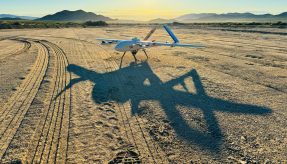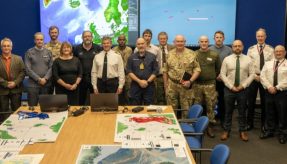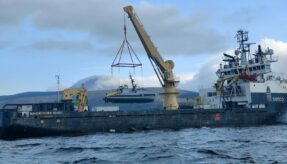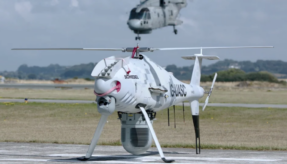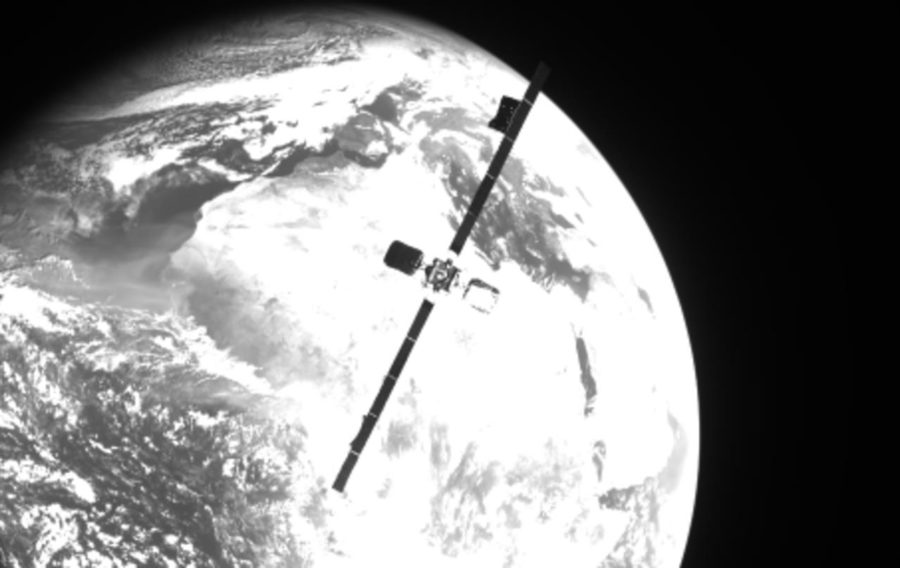
Official DPRTE 2021 event partner, Dstl (Defence Science and Technology Laboratory) headed an international group of defence space scientists capturing data during the Phantom Echoes 2 project that will help improve performance and space safety.
Following almost 3 months of observation and data collection, last week saw the culmination of a space domain awareness (SDA) experiment known as ‘Phantom Echoes 2’ to successfully observe the rendezvous of 2 active satellites in geostationary Earth orbit (GEO).
Data captured by observers from the international science and defence communities under the leadership of Dstl will influence how allied SDA sensors and processing capabilities can be integrated to enhance performance and improve space safety for UK and allied satellites.
2020 saw a step-change in the working model for space with Mission Extension Vehicle-1 (MEV-1); the first successful commercial mission being undertaken to extend the life of an existing satellite on orbit. This unlocked huge opportunities for future space activity, as satellites no longer need to be designed as single-use systems that are simply discarded when they near end of their operational life.
On 12 April 2021, the Mission Extension Vehicle-2 (MEV-2) satellite servicing spacecraft (operated by Northrop Grumman / Space Logistics LLC) approached and docked with the Intelsat 10-02 communications satellite, beginning a mission to extend the lifetime of its client through the provision of manoeuvre capabilities to maintain its orbital position.
This activity necessitates increased awareness of activities on-orbit as part of an SDA capability to identify satellites in close proximity, given the size (mass larger than 1 tonne) and speed (orbital velocities of approximately 7,000 mph) of each satellite, and the critical nature of GEO for terrestrial communications services for both civil and military users.
The Phantom Echoes team, headed by an international group of defence space scientists from the Five-Eyes nations (UK, US, Canada, Australia and New Zealand) under Dstl leadership, aimed to explore the use of non-traditional space situational awareness sensors (located both on the Earth and in space) and data processing to observe the rendezvous and obtain a higher fidelity picture of the event than available using legacy processes.
A variety of optical and radio frequency instruments from across the UK, Canada and Europe were used to collect measurements on the spacecraft and their orbital motions, using this event to understand the challenges posed by these types of missions in the GEO orbital regime, approximately 36,000 km above the Earth. This included traditional satellite-tracking telescopes, prototype cameras, multi-colour science instruments and radio telescopes. From these instruments, the team have sought to understand the relative motions of the 2 vehicles, how they can be individually identified, and whether a successful docking process could be independently verified from external observations.
Measurement data was collected from a variety of instruments and observers from 10 organisations as the 2 satellites manoeuvred towards each other and performed docking operations. The organisations included:
- Dstl Observatory (Wiltshire, UK)
- The UK Space Geodesy Facility (East Sussex, UK)
- University of Warwick telescopes (La Palma, Spain)
- The Liverpool Telescope (La Palma, Spain)
- Sapphire and NEOSSat (Canadian satellites in low-Earth orbit)
- Goonhilly Earth Station (Cornwall, UK)
- Basingstoke Astronomical Society (within the ‘Argus’ initiative)
The experiment sought to demonstrate how allied SDA sensors and processing capabilities can be integrated to enhance the performance over individual systems working independently to improve space safety for UK and allied satellites in and near geostationary orbit. Observation of real-world events such as these are used by the research team to understand future challenges to space safety, advise the development of operational SDA architectures within the Combined Space Operations (CSpO) initiative and demonstrate the value of international collaboration in space domain awareness.
Image courtesy of Northrup Grumman
Dstl is an official DPRTE 2021 event partner
Taking place at Farnborough International on June 23rd with elements of the event streamed online, DPRTE 2021 is the UK’s leading defence procurement and supply chain event.
For all involved within buying for or supplying to the defence sector, it’s an unmissable opportunity to hear from and engage with industry leaders, influencers and stakeholders.
To register today as a delegate, follow this link.
To take advantage of exhibitor or sponsor opportunities, please click here.
With DPRTE 2021’s Booking Confidence Guarantee you can now prepare to join the UK’s defence procurement community at DPRTE 2021.
Defence Online is the official media partner for DPRTE 2021
If you would like to join our community and read more articles like this then please click here



